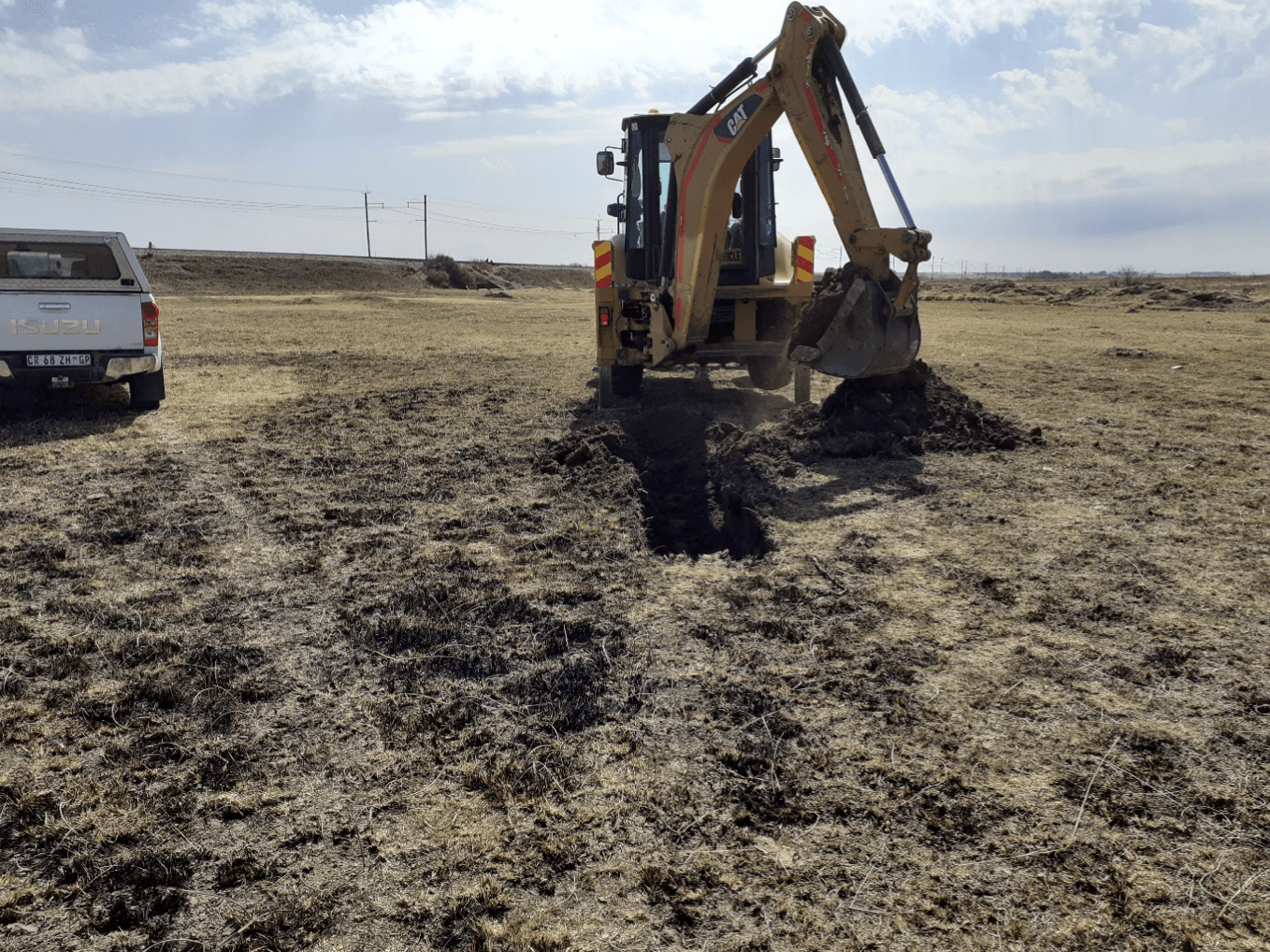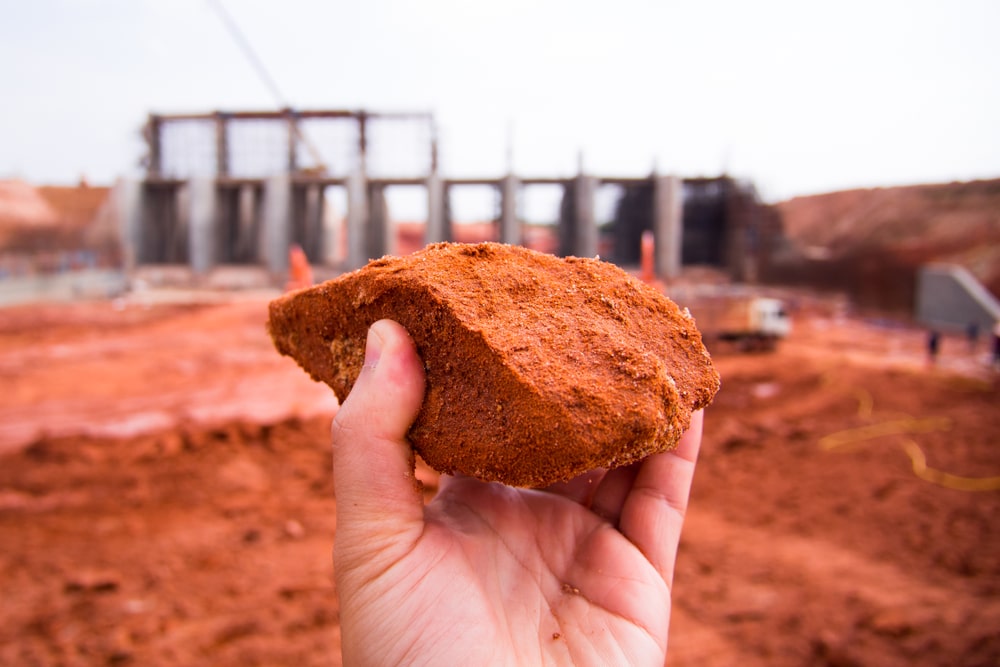Exploring the Duty of a Geotechnical Engineer Description and Obligations
Exploring the Duty of a Geotechnical Engineer Description and Obligations
Blog Article
An Extensive Introduction of Geotechnical Design Techniques and Their Influence On Modern Civil Engineering Projects
Geotechnical design serves as the foundation of contemporary civil engineering, giving necessary methods that address the intricacies of subsurface conditions. The interaction of soil analysis, structure style, and cutting-edge innovations forms the stability and sustainability of framework jobs.
Importance of Geotechnical Engineering
Geotechnical design serves as an essential foundation for civil design projects, affecting the security and stability of structures. This self-control focuses on the habits of dirt and rock materials, supplying essential insights that lead the design and building and construction processes. By comprehending the communication in between the earth and engineered frameworks, geotechnical designers can evaluate dangers connected with ground conditions, such as settlement, incline security, and liquefaction.
The importance of geotechnical engineering prolongs past plain structural integrity; it plays an essential function in environmental management and sustainability. Correctly implemented geotechnical assessments make sure that tasks minimize their ecological footprint and adhere to regulatory demands (geotechnical engineer description). Additionally, geotechnical engineering is critical in website option, making it possible for designers to recognize ideal areas for construction that mitigate potential hazards.
In enhancement, geotechnical design promotes advancement in civil design by progressing strategies for ground renovation, structure design, and excavation. The discipline's payments are essential in dealing with challenges posed by differing dirt conditions, thus promoting efficient and secure facilities development. Overall, the significance of geotechnical design is critical in ensuring that civil design jobs are not only practical however also resistant versus natural and synthetic misfortunes.
Secret Strategies in Geotechnical Engineering

One more necessary method is soil stabilization, which involves customizing dirt properties to enhance load-bearing capacity or lower negotiation. Techniques such as adding cement, lime, or using geosynthetics are commonly made use of to attain dirt enhancement.
Ground improvement strategies, consisting of dynamic compaction and vibro-replacement, are also vital. These approaches intend to densify soft or loosened soils, enhancing their strength and lowering liquefaction capacity in seismic areas.
Retaining frameworks, such as sheet stacks and soil nailing, are used to support excavations and prevent dirt activity. Furthermore, slope stabilization methods, consisting of drainage systems and keeping walls, are vital for reducing landslide risks.

Soil Analysis and Evaluating Methods
Effective soil evaluation and screening approaches are critical for recognizing the chemical and physical buildings of dirt, which straight influence engineering choices. A thorough analysis of soil qualities is important for predicting actions under numerous loading problems and environmental influences.
Common dirt testing approaches include both area and lab techniques. Area tests, such as the Requirement Penetration Examination (SPT) and Cone Penetration Test (CPT), provide instant insights into dirt strength, density, and stratification. These tests aid engineers analyze site problems successfully before even more extensive lab evaluations.
Lab screening methods, such as Atterberg limitations, grain dimension circulation, and compaction tests, are important for determining dirt plasticity, wetness web content, and optimal compaction levels. Additionally, progressed techniques like triaxial tests and combined undrained (CU) examinations offer important information on shear toughness and effective tension specifications - about geotechnical engineering.
Chemical testing, including pH, electrical conductivity, and organic material analysis, is likewise important for comprehending prospective dirt contamination and its influence on building and construction products. Jointly, these dirt analysis and testing techniques develop the foundation of informed decision-making in geotechnical engineering, ensuring the safety and security of modern-day civil design tasks.
Structure Style Approaches
These methods can be classified right into shallow and deep foundations, each suited to details soil problems and packing scenarios. Superficial foundations, such as spread grounds and mat foundations, are normally made use of when surface dirts have appropriate bearing capacity.
On the other hand, deep foundations, consisting of piles and check over here pierced shafts, are employed when surface area soils are weak or poor for sustaining the structure. These structures transfer tons to much deeper, much more secure soil or rock layers, making them essential for skyscraper buildings and bridges in Recommended Reading difficult geotechnical problems.
Selecting the ideal foundation layout involves complete geotechnical investigations, consisting of dirt composition, birthing capacity, and groundwater conditions. Designers should take into consideration factors such as negotiation, side loads, and potential seismic task to make certain the foundation's performance over time.
Eventually, a well-executed structure layout is a pivotal element of civil design, directly influencing the security, durability, and performance of structures. geotechnical companies in south africa. By lining up structure kinds with site-specific problems, designers can properly mitigate risks connected with foundation failure
Developments Shaping Civil Engineering

Lasting products, such as high-performance concrete and recycled accumulations, are also getting grip, promoting eco-friendly techniques while preserving architectural honesty. Additionally, advanced geotechnical methods, such as ground enhancement and deep blending methods, are enhancing the security of structures in tough soil conditions.
Furthermore, the use of drones and remote noticing modern technology is boosting website keeping an eye on and checking, supplying real-time information that help in handling building and construction progression and safety and security. The execution of cutting-edge building and construction approaches, such as premade and modular building and construction, additionally speeds up task timelines and decreases waste. Jointly, these technologies are not only transforming civil engineering practices but additionally making certain that modern-day facilities satisfies the demands of a growing international populace while dealing with environmental concerns.
Verdict
In conclusion, geotechnical design methods are essential to the success of contemporary civil design tasks. By using these techniques, engineers can alleviate threats and contribute to the development of resilient urban settings, ultimately promoting sustainable growth and safety in civil engineering techniques.
Geotechnical design offers as the foundation of modern civil design, offering vital methods that attend to the complexities of subsurface conditions.Geotechnical engineering offers as an essential structure for civil design tasks, affecting the safety and stability of frameworks.In enhancement, geotechnical engineering fosters development in civil design by progressing techniques for ground improvement, foundation style, and excavation. In general, the significance of geotechnical design is vital in making certain that civil design projects are not just possible however additionally durable versus all-natural and synthetic difficulties.
In conclusion, geotechnical design methods are essential to the success of modern-day civil design tasks.
Report this page